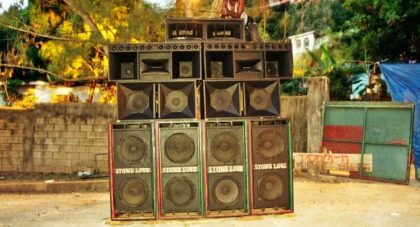Album artwork: Does it indeed affect our listening experience, and if so, how? Scratch the Surface is a new feature on Aquarium Drunkard that that takes a look at some dubious/in(famous) cover art choices. Not surprisingly, we kick off the series with one of our favorite LPs, Bob Dylan’s Blood on the Tracks.
I’ve always been a fan of rock art, from stickers and show posters to t-shirt designs, but nothing . . .
Only the good shit. Aquarium Drunkard is powered by its patrons. Keep the servers humming and help us continue doing it by pledging your support.
To continue reading, become a member or log in.


